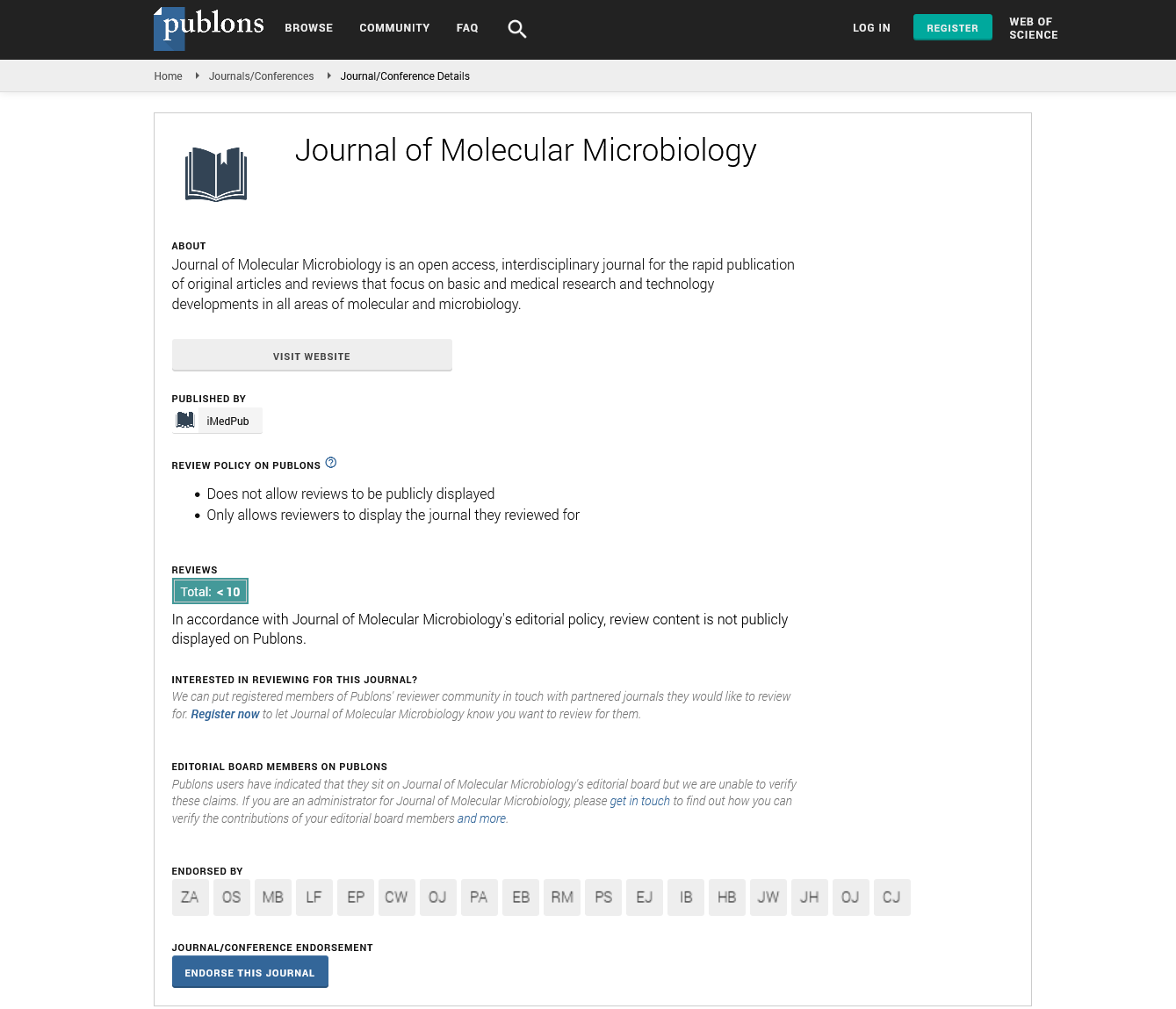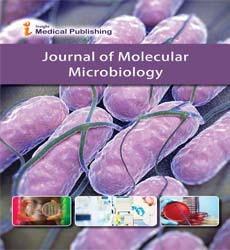Abstract
Structure/function of 3-phosphoadenosine 5-phosphosulfate (PAPS) synthase (PAPSS)
Introduction:
3’-Phosphoadenosine 5’-phosphosulfate synthase (PAPSS) catalyzes the formation of PAPS from inorganic sulfate and ATP. In the first step inorganic sulfate combines with ATP to form adenosine 5’-phosphosulfate (APS) and pyrophosphate (PPi) catalyzed by the ATP sulfurylase domain. In the second step APS kinase catalyzes the phosphorylation of APS at the 3’ hydroxyl of APS to form PAPS and ADP. PAPSS utilizes 2 moles of ATP and cleaves it differently during PAPS formation, a feature that is unique only to PAPSS. ATP sulfurylase domain cleaves the ATP at the alpha-beta position whereas the APS kinase domain splits the ATP between beta-gamma position. The alpha-beta cleavage of ATP among all ATP sulfurylases share the common motif RNPxHxxH and henceforth it is called Venk-Ettrich motif. Site directed mutagenesis and computational modeling confirms the role of HNGH residues on alpha-beta splitting of ATP. The beta-gamma splitting of ATP contains a typical Walker A motif. Further studies are underway to look at the details of the reaction mechanism. Our overall aim is to look at 1. How 3D structure of PAPSS determines the enzyme function? 2. Studying the roles of specific amino acid residues and the dynamics of it in aqueous solution. 3. Making explicit structural and thermodynamic predictions of ligand binding. 4. Understanding the structural/functional consequences of the proteins due to DNA mutations among various human populations.
Methods: Homology modelling with YASARA, ligand docking with AUTODOCK, molecular dynamics simulations in GROMACS (for at least 100ns using the AMBER99SB force field) were used. MM-PBSA calculations were performed to calculate free energies.
Conclusion & Significance: Experimental site directed mutagenesis studies of key residues on function and molecular simulation results on structure correlates very well. The overall binding energies of the mutants thatexhibited less activity/no enzyme activity required higher free energy of binding for substrates.
Author(s): K V Venkatachalam
Abstract | PDF
Share This Article
Google Scholar citation report
Citations : 86
Journal of Molecular Microbiology received 86 citations as per Google Scholar report
Journal of Molecular Microbiology peer review process verified at publons
Abstracted/Indexed in
- Google Scholar
- Publons
Open Access Journals
- Aquaculture & Veterinary Science
- Chemistry & Chemical Sciences
- Clinical Sciences
- Engineering
- General Science
- Genetics & Molecular Biology
- Health Care & Nursing
- Immunology & Microbiology
- Materials Science
- Mathematics & Physics
- Medical Sciences
- Neurology & Psychiatry
- Oncology & Cancer Science
- Pharmaceutical Sciences


